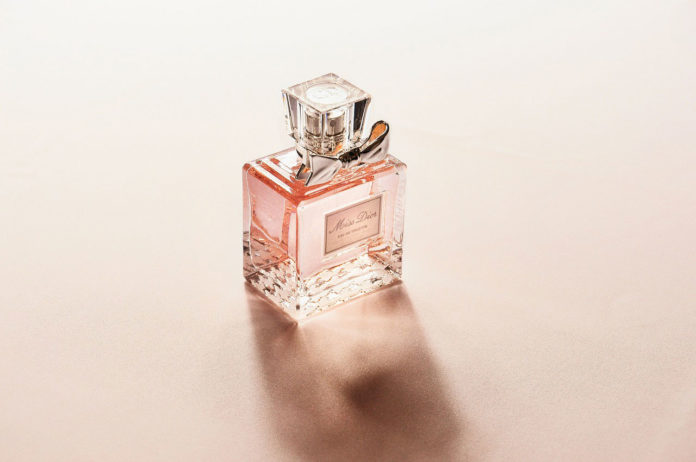The smell is a social and social phenomenon — people bond over smell and associate odors perceived with specific memories. In certain cultures, the smell is essential to the point that there are a more significant number of adjectives to depict smells than there are for sights or sounds.
In a new study, scientists took an interest in an artistic branch of olfaction—perfumery. Perfumery is the demonstration of combining diverse olfactory ingredients, naturally generating oils and chemical molecules, into a harmonious aromatic fragrance– a perfume.
An analysis by the scientists at Imperial College London on 10,000 perfumes and their online ratings uncovers which smells are probably going to bring success with some astonishing combinations giving a lift to evaluations.
Perfumes are described in terms of ‘notes,’ which can be single odor ingredients, such as vanilla, musk or jasmine, as well as more generic smells like ‘floral notes.’ Perfume smell is then described in terms of a combination of these notes. Combinations of several notes that are commonly used in perfumes are called ‘accords.’
They studied 1,000 notes in over 10,000 perfumes and their success in online shops. By using complex network analysis, scientists ascertained most popular notes and accords.
They found that some notes and accords are ‘over-represented’ in the dataset, meaning they appear more often than by chance, but that these are not necessarily the ones that are present in perfumes with the highest number of ratings.
While some common accords, like lavender and geranium, are often present in ‘successful’ perfumes, some less-common notes and accords have an even stronger link with perfume popularity, for example, jasmine plus mint, or musk plus vetiver and vanilla.
Scientists noted, “this could be a new avenue for perfumers to discover scent combinations that are likely to be successful but are not yet widespread.”
Vaiva Vasiliauskaite from the Department of Physics at Imperial College London said, “Our work provides insights into factors that play a role in the success of perfumes. It also sets up a framework for statistical analysis of fragrances based on simple properties and customer reviews. It could be a beneficial tool for systematic ingredient selection and act as an artificial ‘Nose’ – a traditional craft-master of perfumery.”
The team recognizes that brand impacts perfume popularity yet found no relationship between’s fragrance cost or time since release and success. The smell itself had a significant relation to perfume success.
Their mathematical analysis also allowed them to determine which notes had particularly high ‘enhancement’ effects – those that played a significant role in improving the rating of the accord they were added to. The best enhancers tended to be generic notes, such as `floral notes,’ or were well represented in the database, such as musk or vanilla.
‘Social success of perfumes’ by Vasiliauskaite V and Evans TS is published in PLOS ONE.
